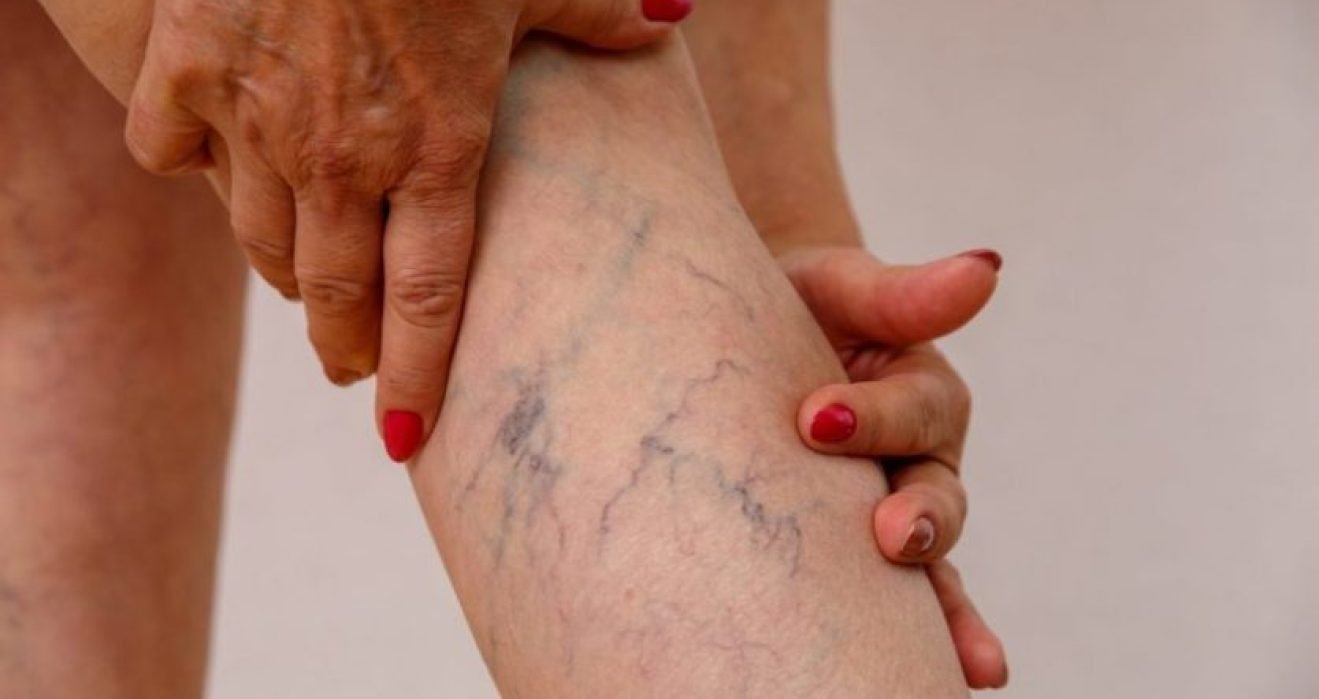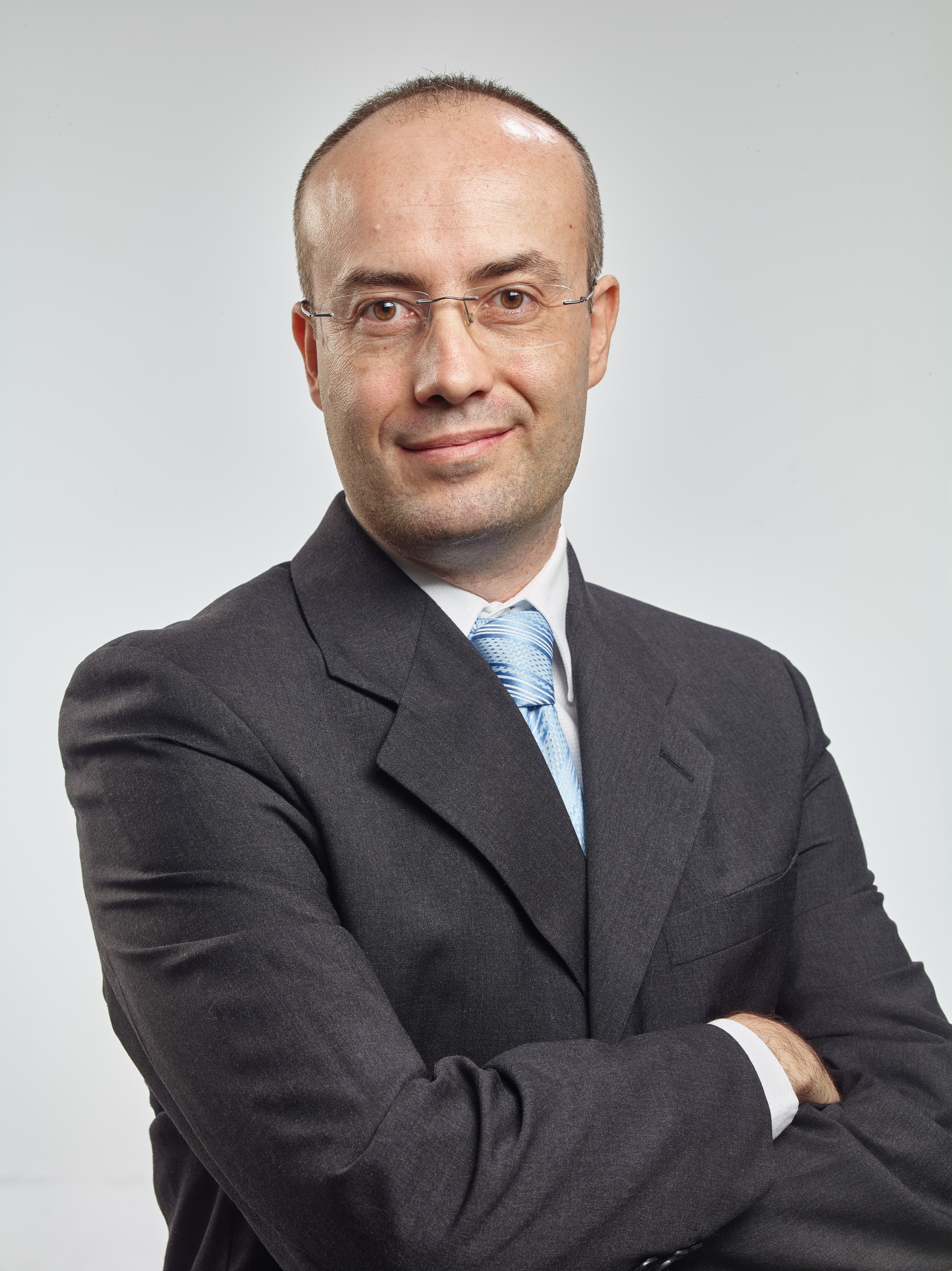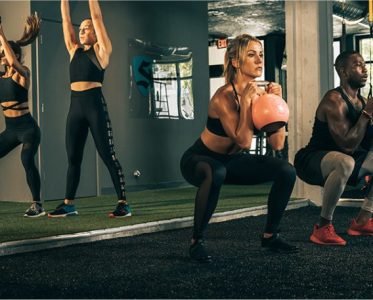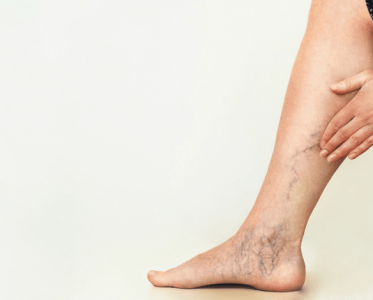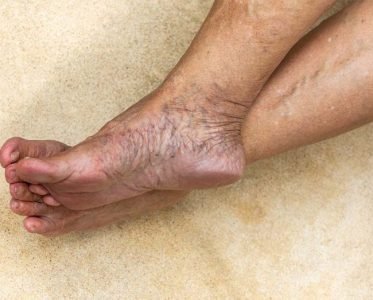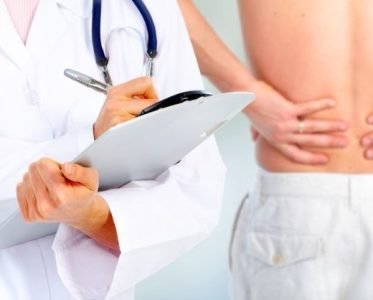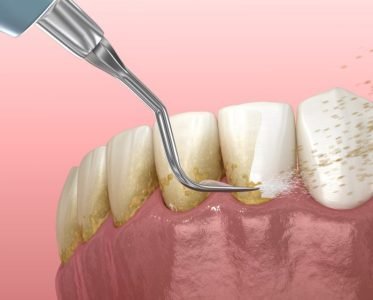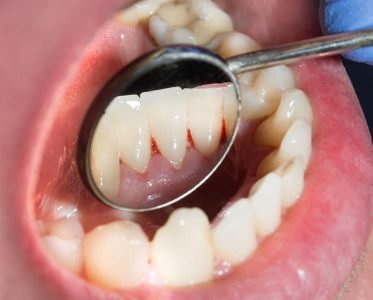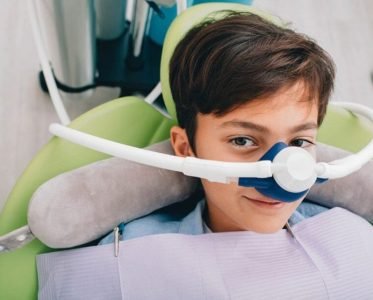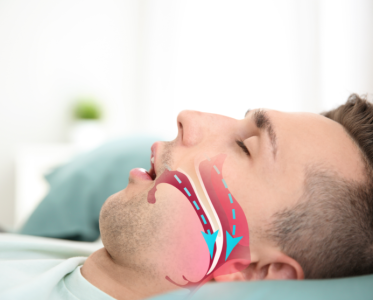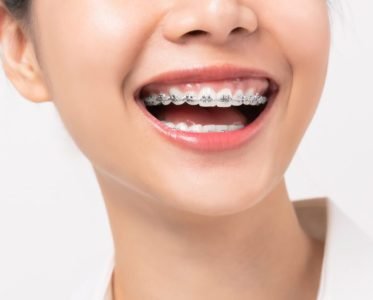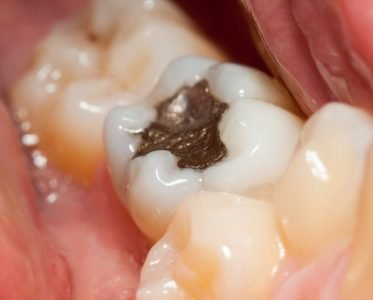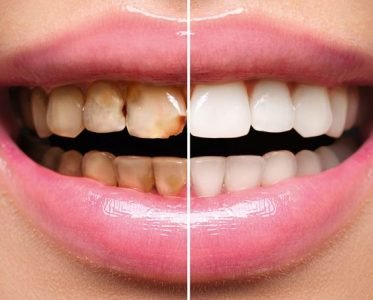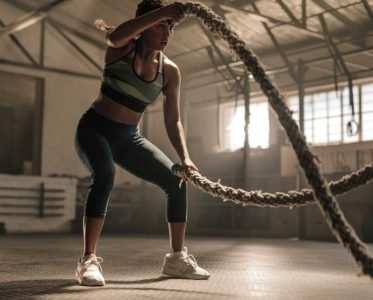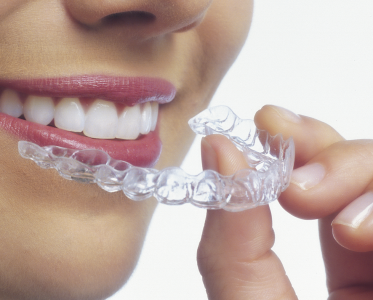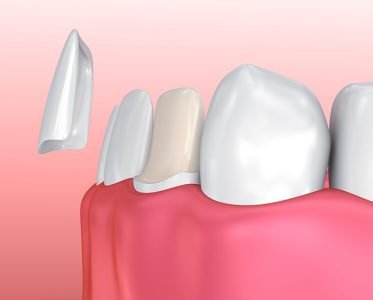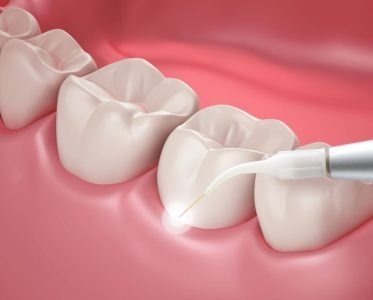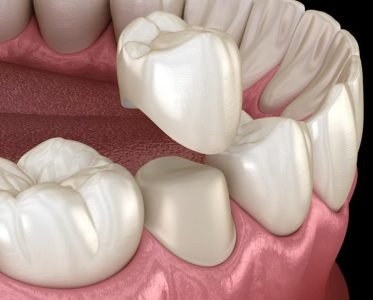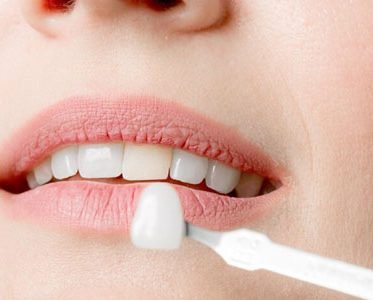Vascular disease affects the blood vessels that carry oxygen and nutrients in your body and helps remove the waste from your tissues. Common vascular problems happen because plaque slows down or blocks blood flow inside your arteries or veins.
Many people with this disease do not find any symptoms in their bodies. Blood flow is restricted to your limbs and increases the risk of heart attack or stroke because of blood clots.
Dont know “when to see a vascular doctor“?
Yes, if you are experiencing common symptoms of vascular disease. When you are diagnosed with a vascular vein problem, your doctor will recommend you to a vein specialist.
Some Symptoms may include:
- Change in skin color and pale skin.
- High blood pressure and heaviness in muscles.
- Leg and foot cramps, maybe numbness in the leg.
- Blue or pale and soreness in fingers and toes.
- Weak pulses in the legs.
- Abnormal kidney function
- Ulcers and tiredness.
- Burning, itching, or ache in the toes.
What is vascular disease?
Vascular disease can cause harm to your blood flow and affects the arteries and veins. When it harms the blood flow, it injures other body parts.
Coming with a question, “What does a vein clinic do“?
A vein clinic is a place for diagnosing and treating varicose veins, spider veins, and venous wounds and reconstructing the veins that are closed.
Vascular diseases are caused by:
Blood clots cause vascular diseases that block blood flow; inflammation narrows blood vessels or genetics. However, the most common cause of the vascular disease is atherosclerosis. This can occur when the buildup of a fatty substance called plaque inside the arteries causes them to narrow, slowing or blocking blood flow.
What is the treatment for varicose veins?
Treatment for varicose veins can be determined by your healthcare provider who has diagnosed your health condition:
- Your doctor will evaluate your age, overall health, and medical history.
- The extent of your vein condition.
- Your signs and symptoms of varicose veins.
- Your doctor will also check your tolerance of specific medicines, procedures, or therapies.
Medical treatment may not be required if there are no symptoms of varicose veins. But not treating varicose veins can cause them to worsen the situation.
Medical treatment may include:
- Compression stockings – Compression elastic stockings can squeeze the veins and prevent blood from pooling in the veins. They can be beneficial and practical if worn regularly.
- Sclerotherapy – Sclerotherapy helps treat both spider and varicose veins. Your doctor will use a salt or chemical solution and inject it into the varicose veins.
- Thermal ablation – Your doctor will use lasers or radiofrequency energy to help treat varicose veins. A tiny fiber is inserted into a varicose vein through a catheter. The laser or radiofrequency energy provides heat that eliminates the wall of the varicose vein.
- Vein stripping – Vein stripping is your doctor’s surgery to remove varicose veins.
- Microphlebectomy – Your vein specialist inserts special tools from minor cuts to remove varicose veins in this treatment. A vein specialist can perform this treatment with vein stripping.
Conclusion:
If you are suffering from Vascular disease, treat it before it affects your entire body. Consult your doctor about vascular disease and discuss your vein complications before it’s too late to treat.


